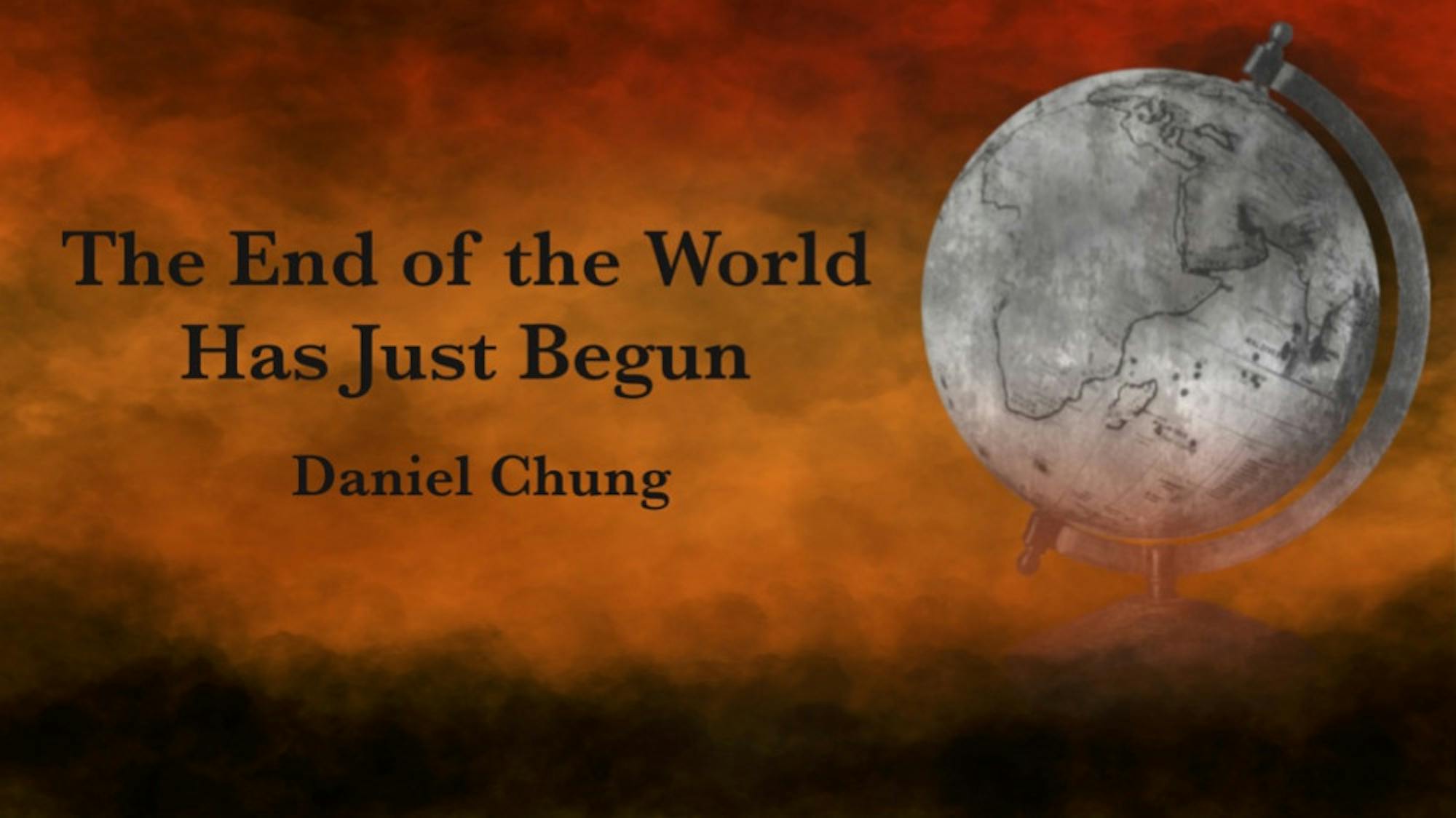The security architecture of the world will soon be changed as the United States somewhat recedes from its role as guarantor of global security and challengers seek regional hegemony to take advantage of America’s apparent weakness. The two main trends I have pointed to, the fracturing of critical supply chains and global depopulation, are depleting resources across the globe, and subsequent increasing scarcity enforces the feeling by states of being forced to play their hands before they lose the power to do so.
An example of this would be the Russian invasion of Ukraine, which can be explained partially by Russia’s demographic collapse. Russian men eligible to serve in the army number only around 1.2 million, though it has operated at 900,000 troops as of recently. That number is extremely important, as a study by the RAND Corporation has noted that occupation requires 20 troops per 1,000 civilians. Ukraine has a population of around 43.7 million — and taking out the population under 15 and above 65, that’s still 29 million partisans who could resist Russian occupation day in and day out. At a minimum, 580,000 troops would be needed to occupy Ukrainian territory, and that would be after the war itself, where Russia always potentially stood a chance of high casualties.
Given that Putin had spelled out in 2014 that he viewed Ukraine as an inalienable part of Russia, as well as Russia’s indefensible geographic position and need to expand to survive, in hindsight, it looks as if Russia had been planning to continue to push into Ukraine, and to do so around this time, before Russia’s depopulation made that goal impossible.
The trend of depopulation, which is occuring in much of the developed world, is likely to drive more revanchism throughout the globe, where conflicts will flare up continuously. Months ago, I fretted about the possibility of a rising Japan, but it seems that Japan will in fact remain closely tied to U.S. interests. Now, besides Russia, China may be the country that is most likely to resort to violence resulting from depopulation.
I have already expounded on the extreme economic headwinds to be faced by China in the coming years, which are likely to push the Communist Party to seek a new source of political legitimacy in ultranationalism instead of economic growth. This is already taking place, with Xi Jinping pushing state control of the economy in the name of “common prosperity.” Eventually, this new political agenda seems likely to culminate in an invasion of Taiwan by 2026 or 2027 after the centennial of the Party to achieve the goal of national rejuvenation.
Just as the Russia-Ukraine war has caused Europe to enter into an economic crisis and brought tensions over energy and security policy, which had seemed out of the question for decades back to the fore, a Taiwan war would also surely precipitate more chaos. Japan, for its part, has been preparing for a potential head-on conflict with China, treating Taiwanese de facto independence as an essential part of its own security policy. Of course, Japanese involvement in a war with China would legally necessitate American intervention, eventually leading to an escalatory spiral and potentially plunging the global economy into a depression.
The United States, a hegemon protected by two ocean moats, seems to remain fairly secure from these geopolitical shocks, despite its huge role in European and East Asian politics. But while Americans might continue on with a semblance of normal, the rest of the world seems doomed to face a series of devastating regional struggles echoing a global Thirty Years’ War, further exacerbating fatal supply chain shocks and even bringing many states to their knees.






